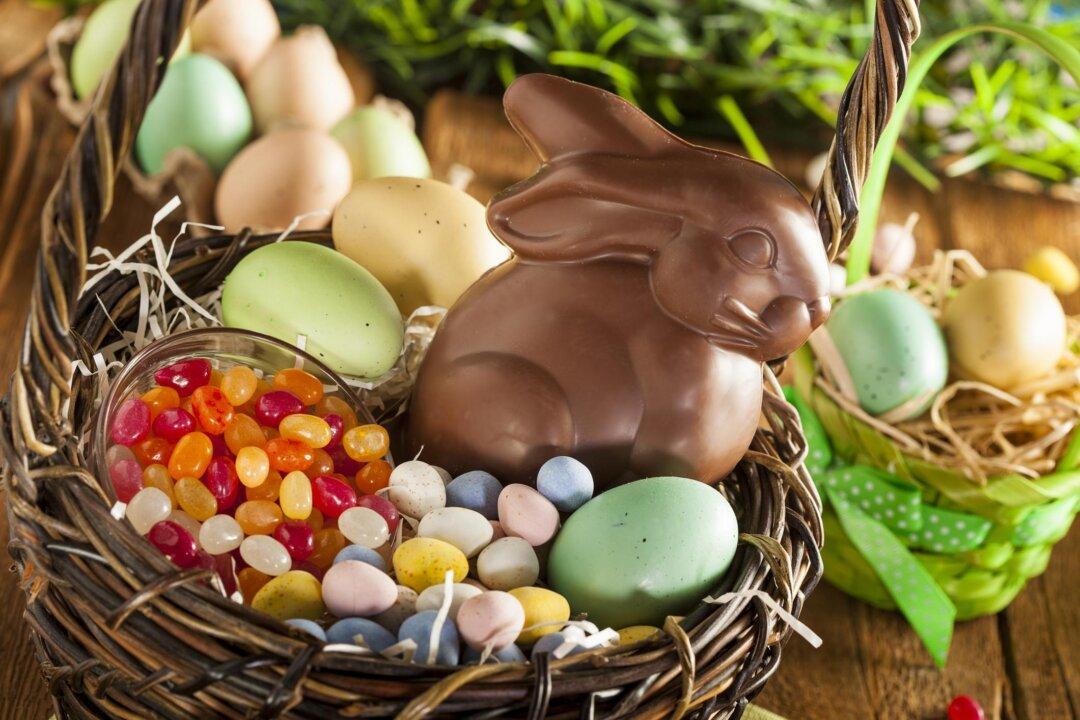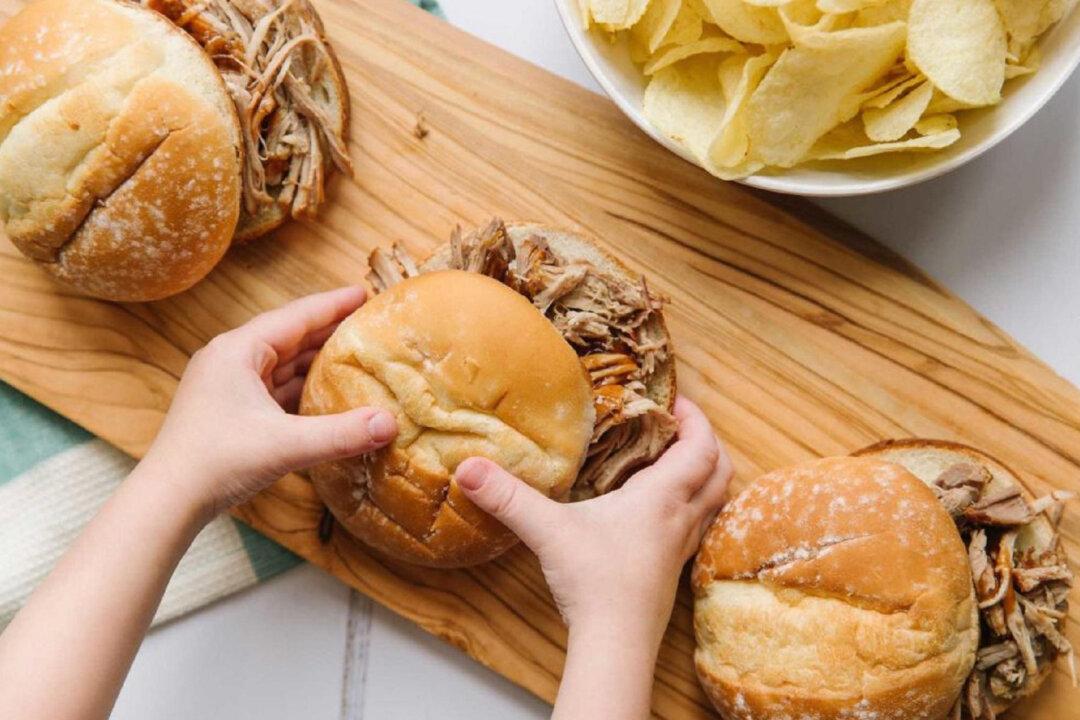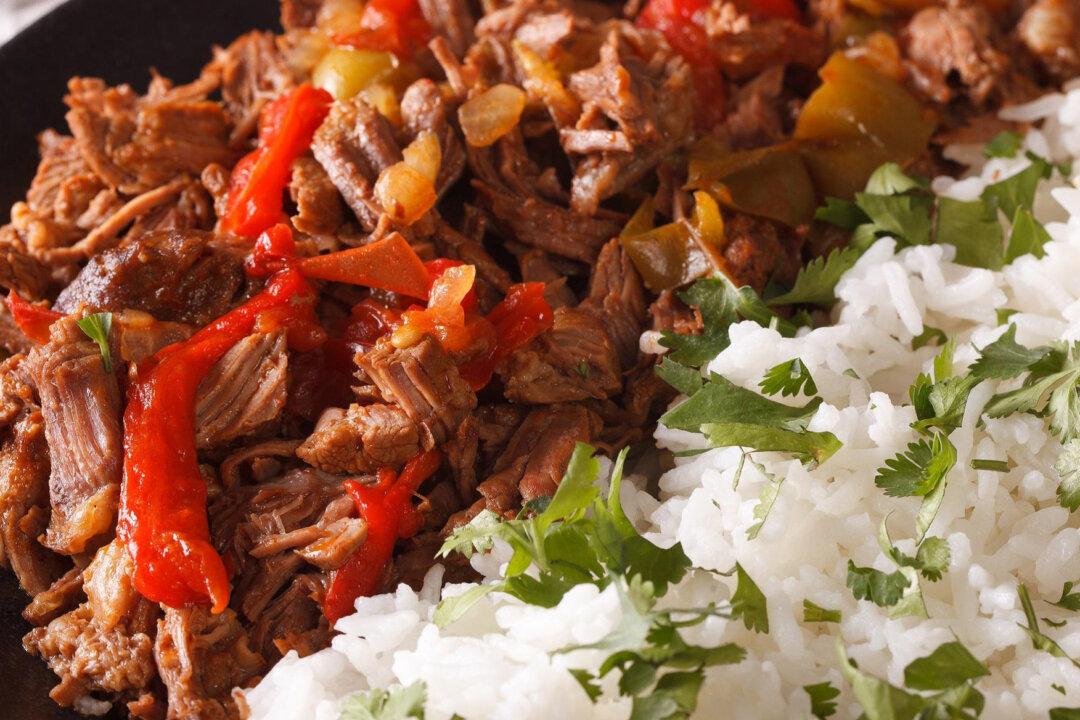Easter is the most important holiday celebrated by Christians because it’s when they believe their savior, Jesus, rose from the dead. But what do chocolate bunnies have to do with the holiday? They likely don’t have anything to do with celebrating Jesus’ resurrection at all.
While Easter has always been a holiday with many symbolic foods such as lamb and bread, the Bible makes no mention of rabbits in relation to the holiday. There are a few theories as to why the cotton-tailed creature is associated with Easter, but the most popular reason is that rabbits are a symbol of new life.
Germans adopted the view of the rabbit as a symbolic creature from the pagans. When German immigrants arrived in the United States in the 1700s, they brought their tradition of an egg-laying rabbit with them, according to History.com.
Gradually, the German-inspired Easter Bunny spread across the U.S. and by the 19th century it became common knowledge that the friendly rabbit brought candy and chocolate offerings, in addition to its famous colored eggs.
But the tradition of chocolate shaped like rabbits caught on because of Robert Strohecker. Strohecker is referred to as the father of the Easter bunny business. In 1890, Strohecker placed a 5-foot-tall chocolate bunny in the display window of his department store in Reading, Pennsylvania, to draw in more business. The giant chocolate bunny was created at Luden’s Factory — which was eventually bought by Hershey’s in the 1980s.
According to food writer and culinary historian Michael Krondl, chocolate companies like Hershey’s utilize symbolic holidays such as Easter and Valentine’s Day as a marketing strategy to sell more candy. Because chocolate is a product of the industrial revolution and required high-end machinery, chocolate companies needed holidays to market their product, Krondl told The Daily Meal in an interview. By the 20th century, using holidays to sell more chocolate was a widely practiced strategy.
The history of the chocolate bunny is just one fun food fact about the many different things we devour.
© 2020 Tribune Publishing; Distributed by Tribune Content Agency, LLC




